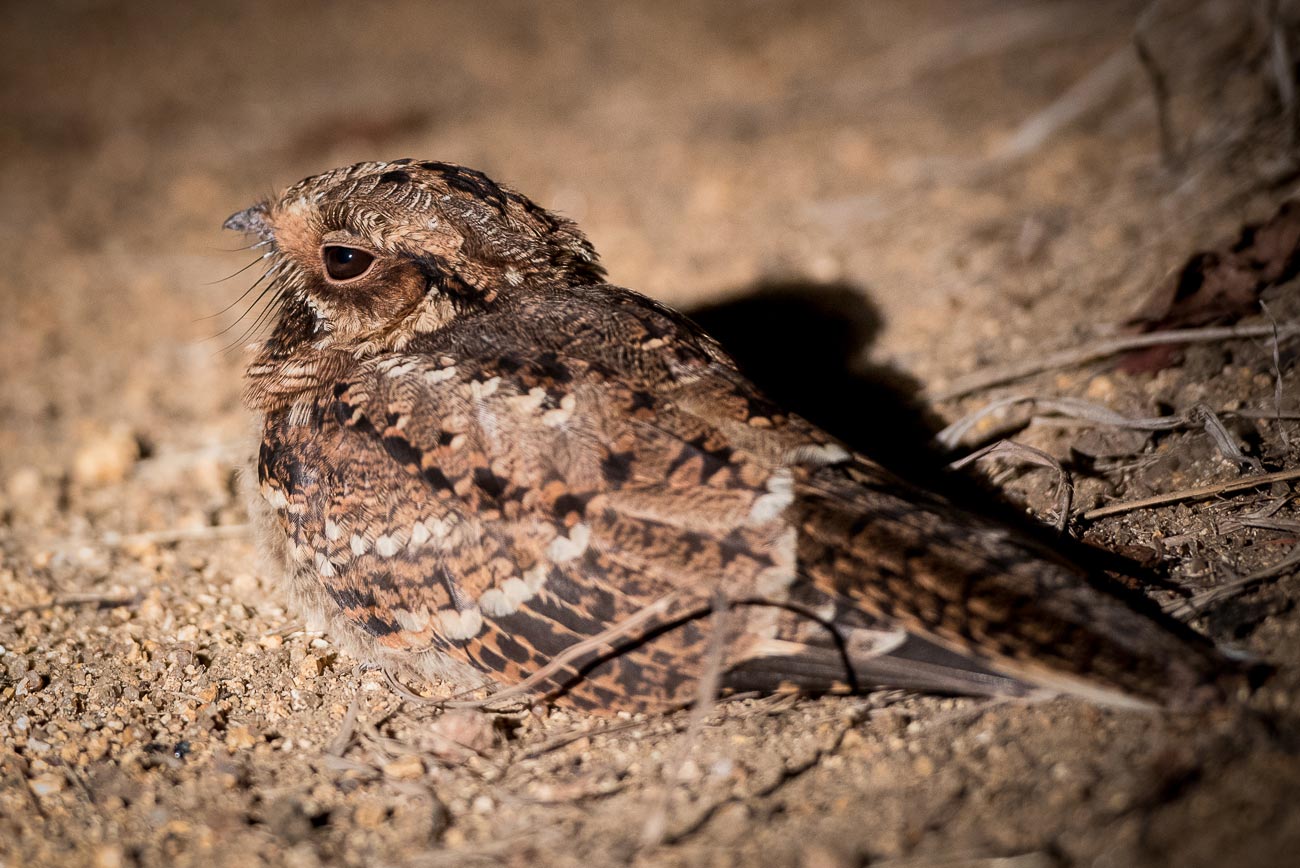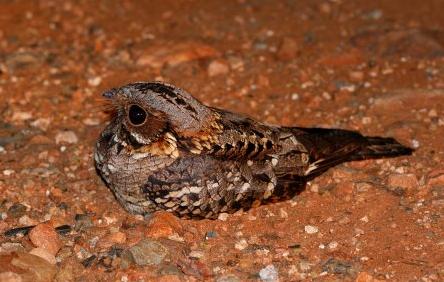Bird calling in riverine bush after sunset. The various species are very difficult to identify, as they are all medium sized birds with similar camouflage type colouring and patterning which resembles bark and leaves. Nightjars are a species of nocturnal or crepuscular birds which are found in most countries of the world except in the Arctic or Antarctic. They are all solitary birds, hunting most actively at dusk and dawn. The grey scapulars are marked with two clear rows of angular black spots. By using this site, you agree to the Terms of Use and Privacy Policy. This page was last edited on 4 June , at 
| Uploader: | Nilmaran |
| Date Added: | 12 March 2012 |
| File Size: | 8.83 Mb |
| Operating Systems: | Windows NT/2000/XP/2003/2003/7/8/10 MacOS 10/X |
| Downloads: | 66965 |
| Price: | Free* [*Free Regsitration Required] |
Bird heard calling from a large tree in a suburban garden in the early evening in late summer. White markings cover the outer vanes of the primary feather emargination, and in males, the outer tail feather is marked with an extended white outer vane.
Sabi Sabi Wild Facts: The Nightjar
Mutinondo Wilderness area, Northern Province. The grey scapulars are marked with two clear rows of angular black spots. The plumage of this small species of nightjar is fairly colourful with marked contrasts.
External sites may use a different taxonomy. International Union for Conservation of Nature. You can help Wikipedia by expanding it. Clucking and kwoop-kwoop duet of pair followed by standard "Good lord deliver us" call. Birds seen in trees along the road in response to call up.
Bird calling from a fence. These low calls were occasionally given in between song bouts. The incubation and fledgling period varies depending on the species, but most are incubated for around 2 weeks, with chicks developing plumage and starting to fly at between 18 — 20 days.
Singing late at night, for at least an hour. Fiery-necked Nightjar Caprimulgus pectoralis. They are all solitary birds, hunting most actively at dusk and dawn. Fiery-necked Nightjar Caprimulgus pectoralis fervidus. By using this site, you agree to the Terms of Use and Privacy Policy.

It was sitting high up on a dead branch of a tree in the early evening nihhtjar autumn. There are seven different species found in South Africa, and no less than 5 of these species can be found at Sabi Sabi.
De Hoop Nature Reserve. Grahamstown, Western District, Eastern Cape.
Another one is calling in the far distance. Bird calling in riverine bush after sunset.

Kasane, Chobe, North West. Most nightjars migrate seasonally to some degree, and there are even some intercontinental siund, including the European Nightjar which migrates from Europe to South Africa.
Wild Facts Sabi Sabi Private Game Reserve | The nightjar
The center of the crown is marked with swarthy stripes, the ear coverts are chestnut brown, and the necked is fringed and highlighted with tawny shades. The eggs are incubated by the female during the day and by the male at night.
This page was last edited on 4 Juneat fiert-necked Taking care of their feathers is so important that some birds have developed special grooming tools and techniques. Caprimulgus pectoralis Cuvier Fiery-necked Nightjar Caprimulgus pectoralis pectoralis.
Nightjars are very agile in flight, able to hunt and catch aerial insects such as moths in those huge mouths. More Sabi Sabi Wild Facts. From Wikipedia, the free encyclopedia. Xeno-canto follows the IOC taxonomy. Southwell district, fiery-jecked Kariega River, Eastern Cape.

No comments:
Post a Comment